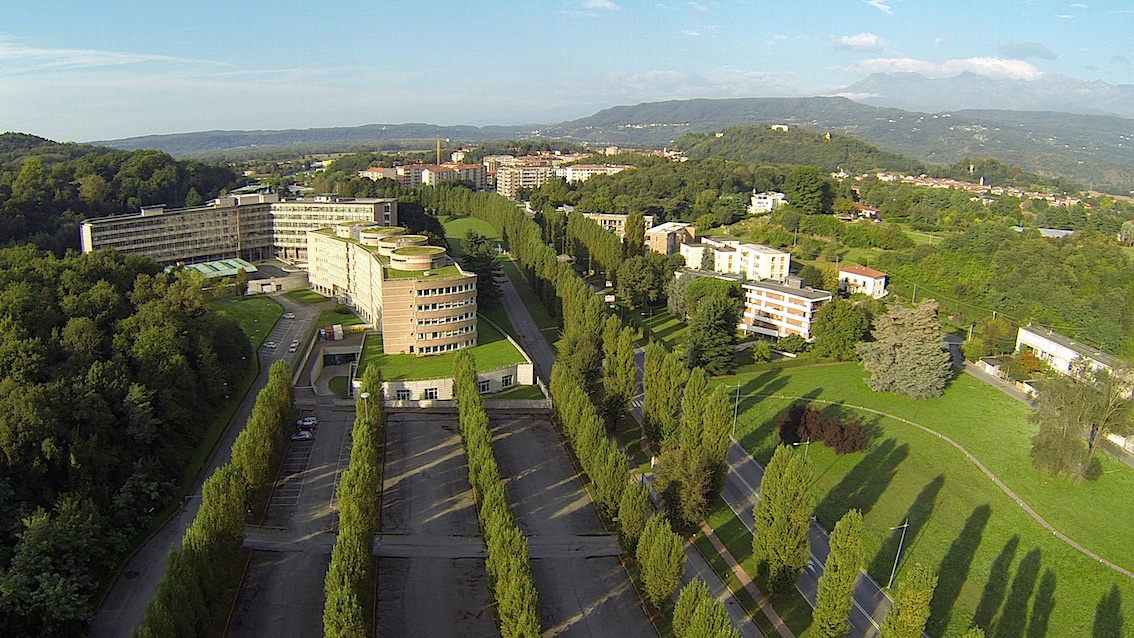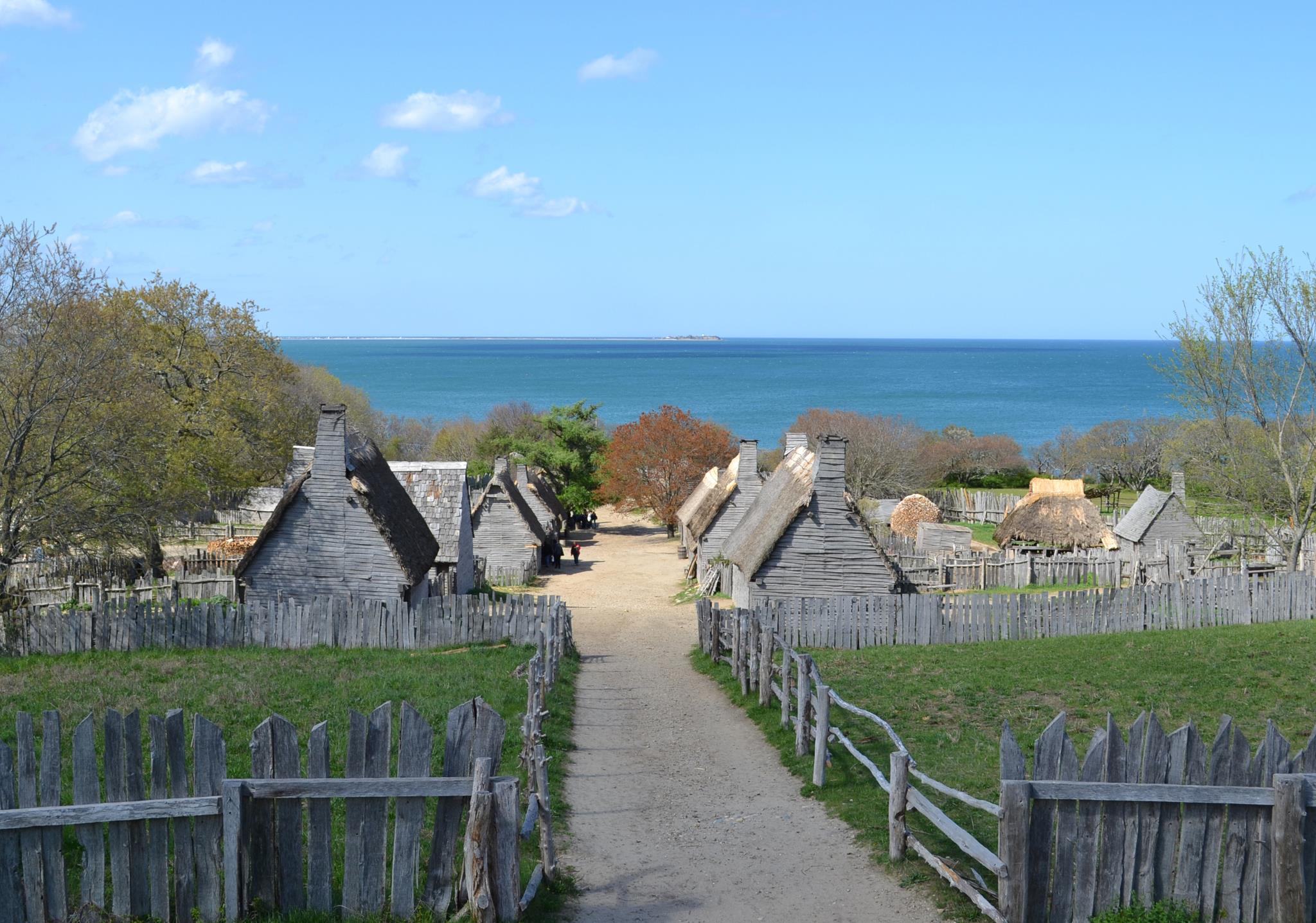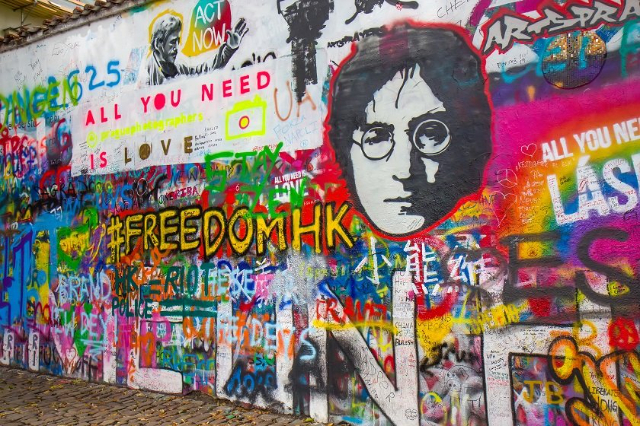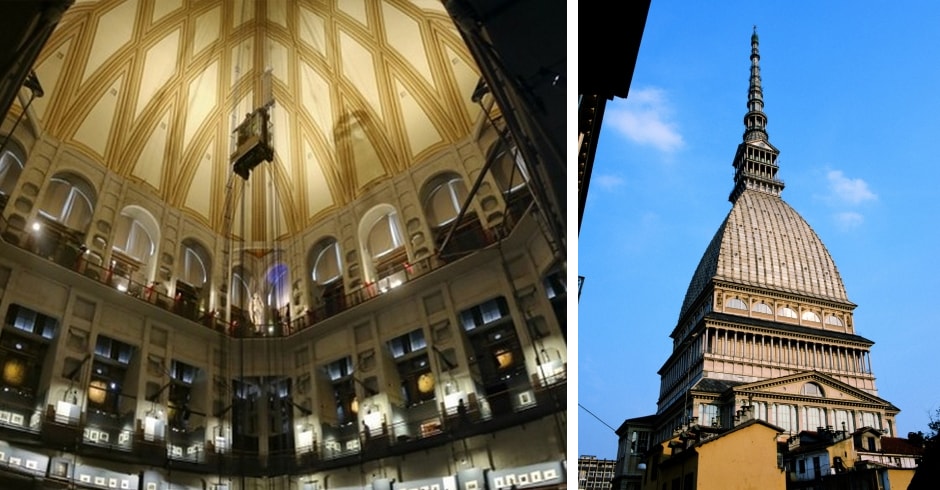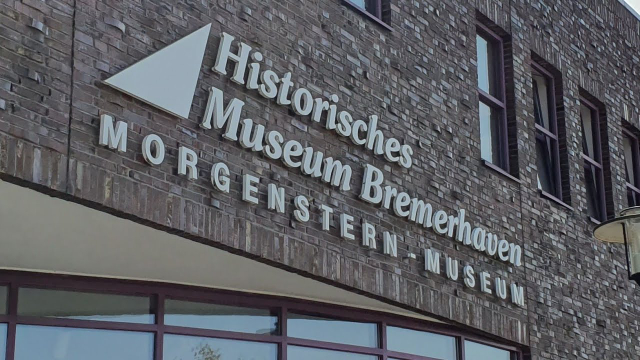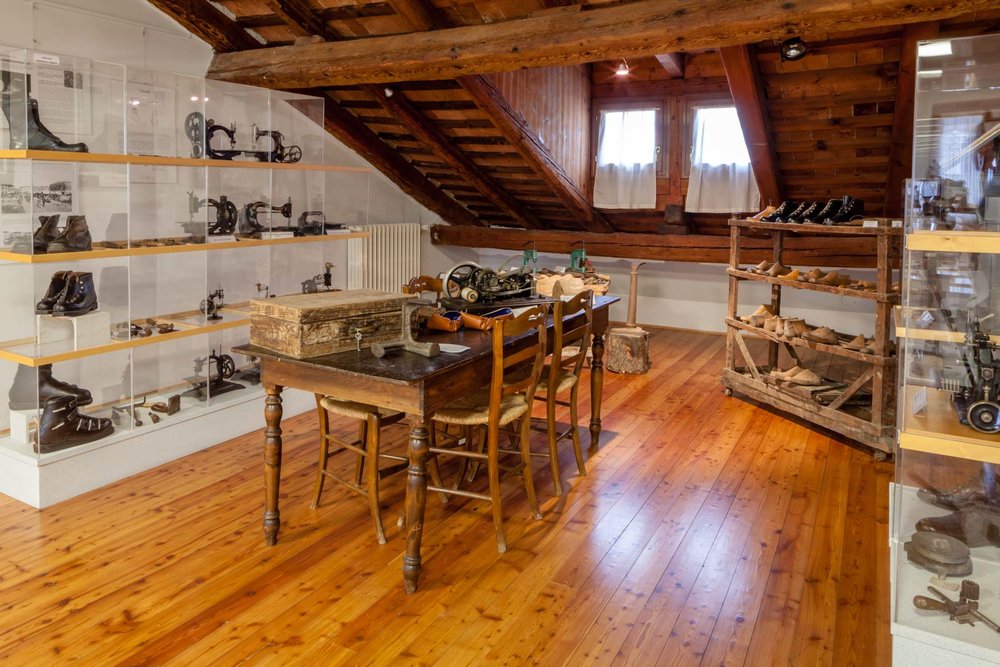"Ivrea Industrial City of the 20th Century" is the 54th Italian UNESCO site. The recognition was deliberated during the work of the 42nd World Heritage Committee of the United Nations Educational, Scientific and Cultural Organization.
An important recognition for a positive idea (that of the possible "humanization" of industrial and social transformations, and their potential compatibility with the well-being of local communities) that the technical skills of great professionals have transformed, here in Ivrea, into tangible achievements.
The Industrial City of Ivrea is an industrial and socio-cultural corporate project of the Company founded in 1908 by Camillo Olivetti, progressively developed from the 30s to the end of the 60s.
It was above all the visionary genius of Adriano Olivetti who wanted to demonstrate concretely the existence of an effective and viable alternative to the prevailing industrial (and industrial architecture) models which, with the absolute aim of creating wealth and jobs, subordinated any choice (including urban planning) to the needs of production, with effects that had an invasive impact on the urban fabric, the environment and social processes themselves.
The industrial city of Ivrea is, therefore, an exceptional example both for the quality of the solutions proposed, and for the methods " participated" of its implementation.
The site consists of the complex of buildings designed by the most famous Italian architects and urban planners of the twentieth century, recognizable in the urban fabric of the city in an overall, rational and deeply meditated design. In the district, which fits perfectly and – indeed – completes the urban fabric of the city, there are areas and volumes properly industrial, areas and buildings intended for housing and social services.
Among the buildings for production, true rationalist masterpieces are the Centrale Termica, conceived by Edoardo Vittoria in 1959, the Falegnameria, conceived by Ottavio Cascio in 1956 and built by recovering an original building dating back to 1927, the Edificio ex Sertec, a concept by Ezio Sgrelli dated 1968, the headquarters of Olivetti engineering services for civil and industrial buildings in Italy and abroad, which, as such, had to plastically demonstrate the company’s propensity for innovation.
Among the residential buildings, the Popular House of Borgo Olivetti, designed between 1939 and 1941 by the trusted urban planners Luigi Figini and Gino Pollini, the Building 18 alloggi, designed in 1956 by Marcello Nizzoli and Gian Mario Oliveri, and finally the more recent Residential West Unit (Talponia) designed between 1968 by Roberto Gabetti and Aimaro Oreglia d’Isola with Luciano Re, between 1968 and 1971.
For the social services destined to the factory and the significant city is the Social Services Centre, a work of the "soliti" Luigi Figini and Gino Pollini.
